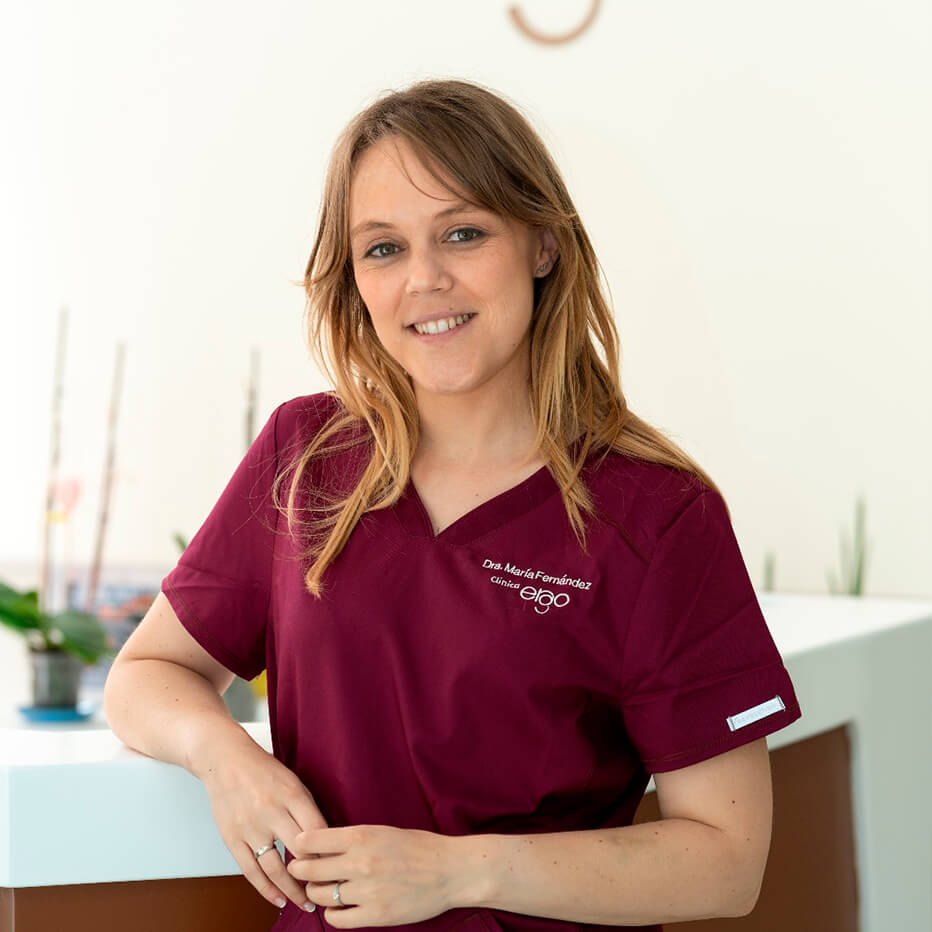Implantation Failure and Repeat Abortions
Specialized Multidisciplinary UnitRepeat Abortions in Gijón, Asturias
What is an implantation failure?
A woman is considered to suffer from implantation failure when a positive pregnancy test is not achieved after at least 2 good quality embryo transfers (with her own eggs) or one transfer when donor eggs are used.
What is a repeat miscarriage?
The definition is when at least two consecutive miscarriages have occurred before the 20th week, although biochemical miscarriages following a positive pregnancy test should be taken into account.
We are by your side at all times
Achieve your dream of becoming a mother and father
A whole team at your service
Why does embryonic implantation failure or recurrent miscarriage occur?
¿
This question is a challenge for reproductive science, because many of the processes that culminate in correct embryo implantation are unknown. From the outset, it should be noted that this process involves the mother (at the uterine level) and the embryo (whose origin is maternal and paternal).
Although it is not always easy to know the origin, great progress has been made in this field in recent years.
A correct study of implantation failure requires a multidisciplinary assessment; therefore, at the ERGO Clinic we have created a working group specialized in these disorders and which includes gynecologists, molecular biologists, geneticists and embryologists.
How do we study implantation failure and repeat miscarriage?
Genetic alteration in embryos
Humans themselves, as a species, have a higher percentage of genetically altered embryos than other species. This percentage increases as the patient’s age increases, especially in the case of women, and can reach more than 85% over the age of 42. Although it is true that embryos that are of poor quality or even blocked in development are more likely to have genetic alterations that explain this non-evolution, it is not possible to ensure that an embryo is morphologically correct without analyzing it genetically. The reason for these possible genetic alterations in the embryo is not only due to the age of the egg, but also, for example, alterations in the karyotype, altered seminal samples, etc.
Window of displaced implantation
Throughout the menstrual cycle, the endometrium only has the capacity to interact with the embryo for a period of 24-36h. This is the so-called window of implantation. A percentage of patients may have it displaced, and instead of being located where it usually is, they require a day or so of medication to transfer the embryo.
Endometrial bacteria
As in other parts of the body such as the intestine or the mouth, the endometrium must have the presence of lactobacillus, a good bacterium that favors implantation and the evolution of pregnancy.
Whether this bacterium is found in low quantity, or if there is the presence of pathogenic bacteria, including those involved in chronic endometritis, it can lead to implantation failure or recurrent miscarriage.
Alteration of coagulation
A carefully taken personal and family medical history can, in many cases, raise the suspicion of an underlying coagulation problem. However, there are patients in whom there is no such suspicion, but who may have these factors altered and therefore the achievement of evolutionary pregnancy may be more complicated.
Immune disorder
The implantation process requires a very delicate immune modulation and small fluctuations in this balance may prevent pregnancy.
Uterine morphological alterations
Although it is true that many of these alterations can be suspected by conventional ultrasound, but in other cases it is necessary to see if there are septa, micropolyps or cavity-imprinting myomas.
Why don’t they implant the embryos? Why are they aborted? Is the treatment worth repeating? Is it time to quit or change?
Our high degree of specialization in repeat miscarriage / implantation failure allows us to specify the steps to follow during the first visit. Many of the tests described above can also be performed on the fly, allowing a rapid approach without waiting lists or long times to find answers.
Personalized analysis of your medical history.
If you find yourself in any of these cases, ask for an appointment with our assisted reproduction team. At the ERGO Clinic we want to help you.
What can we do to analyze the cause?
New diagnostic and performance techniques in assisted reproduction laboratories allow us to address the above causes.
Genetic alteration in embryos
Karyotyping is a fundamental blood test before these suspicions, but even if the result is normal, we should consider genetically analyzing the embryos in order to identify those that do not have chromosomal alterations. In addition to the cause of maternal age, there are different sperm studies that allow us to see if the cause may be male. In addition, it can be performed both by embryo biopsy and by the new Embrace technique, for which it is not necessary to touch the embryos but simply to analyze the drop of culture in which they have been developing.
Embryo implantation window
We must imitate a treatment for frozen embryo transfer, with medication, ultrasound controls, hormone analyses, etc., and on the day that the embryo transfer is to be performed, an endometrial biopsy is performed instead. It is performed in consultation and the results obtained allow us to know the margin of hours of progesterone required by that patient to locate her window of implantation in a personalized way.
Endometrial bacteria
It can be performed in the same biopsy as the window of implantation and treatment is available to resolve it. If the lactobacillus is low in quantity, specific probiotics are administered to recover it. And in case of the presence of pathogenic bacteria, the specific antibiotic is indicated for that bacterium and subsequently reinforced with probiotic treatment, in addition to repeating the biopsy to confirm the correct recovery.
Alteration of coagulation
At ERGO we have a specific test for genetic analysis associated with coagulation alterations specially designed for patients trying to become pregnant that simply consists of a blood sample. An algorithm is used to indicate the associated thrombotic risk and the need (or not) for anticoagulant treatment.
Immune disorder
It can be approached both from the point of view of the KIR/HLA-C study in both progenitors (also applicable to egg and sperm donation programs) and the immunological study of the endometrium.
Uterine morphological alterations
A hysteroscopy must be performed, which consists of introducing a small camera through the cervix in order to visualize the cavity.
Embryo transfer
From the day the oocytes are inseminated, the embryologists will contact the recipient patient and her partner by telephone to keep them informed of the evolution of their embryos. The date of transfer is individualized to each case, since biologically they can be transferred from day 2 of development to day 6. The date and time of the transfer is agreed between the patients and the medical team of the clinic in order to adjust it to the best conditions for the patients and the embryos.
Need more information?
We are a team of more than 15 professionals specialized in assisted reproduction and women’s health. Do you have any doubts? We invite you to meet us, your first visit is totally FREE.

